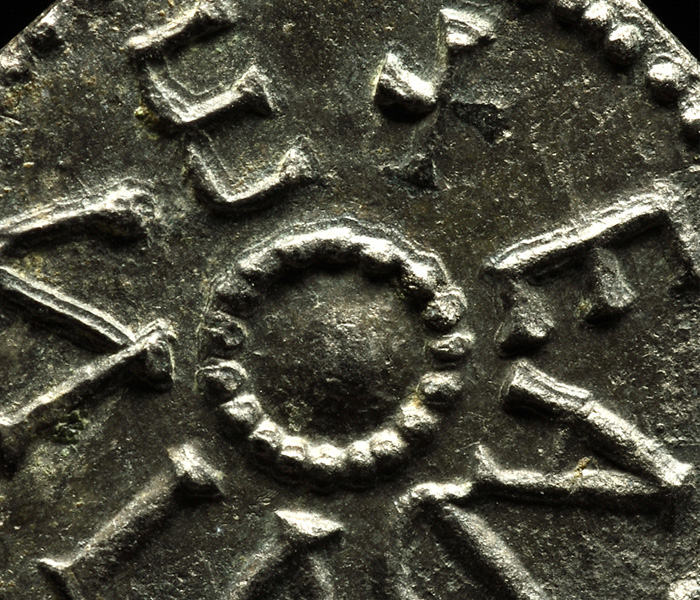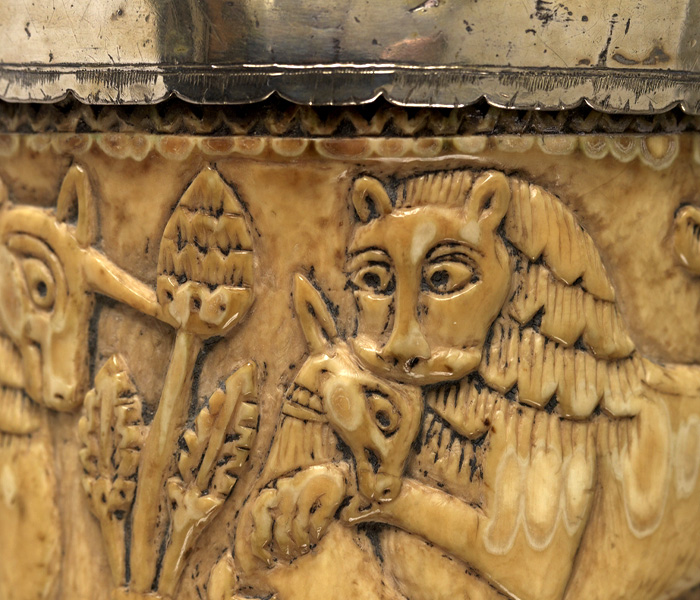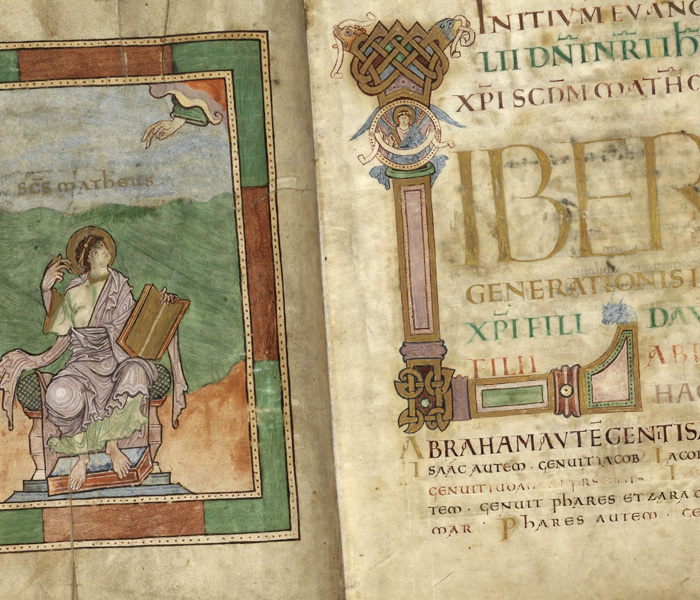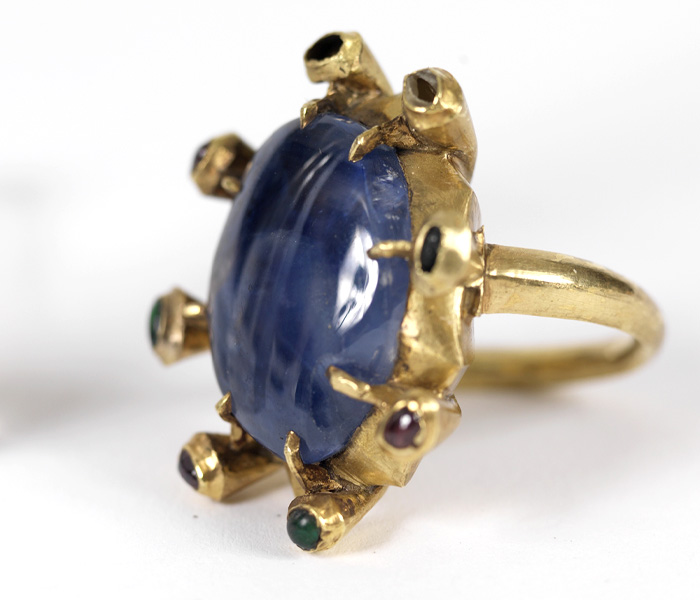Type your search below
Today we are open from
First admission
9:30 amLast admission
4:00 pmTicket prices range from £13 to £28.
AdmissionsSee our What's On section for upcoming services and events
What's onVisiting York Minster.
VisitThe Undercroft Museum lies beneath York Minster, in the space created between 1967 and 1972 while emergency works were carried out to underpin the cathedral’s Central Tower, which was in danger of collapse. Excavations uncovered a hidden history of the site, including the remains of a Roman barracks, an Anglo-Saxon cemetery and the foundations of the Norman Minster.
Take a virtual tour below to explore the history of the space and some of the key treasures it contains.
York Minster is built on the site of a Roman fortress, which housed both the ninth and sixth legions of the Roman Empire who were based at different times in the city of Eboracum, originally established in 71AD. The remains of the fortress are still visible in the Undercroft, alongside artefacts from the period. Watch the video below to see the location of the fortress.


York’s Anglo-Saxon Royal mint?
During work in 2012 to create the new Undercroft Museum, archaeologists discovered a rare silver coin called a sceatta. Its pristine condition allowed experts from the British Museum to date it to the beginning of the 9th century which provides evidence of a major settlement, complete with its own mint, near the site of the cathedral during the Anglo-Saxon period.


The Horn of Ulf
York is well known for its links to Viking history, following their arrival in 866 and the establishment of the Viking strong-hold of Jorvik. The Horn of Ulf is a 1,000-year-old elaborately carved elephant tusk, gifted to the cathedral by Viking lord Ulf. It has been preserved in superb condition and forms a focal point of the Undercroft’s displays.


Illuminated manuscript
The York Gospels is an illuminated manuscript which arrived in York c.1020. Since the 13th century, the Minster’s clergy have used it as the Chapter oath book and as a place of record to register important documents. Now around 1,000 years old, the priceless book is still used in ceremonies in the cathedral today.


Walter de Gray
Walter de Gray was Archbishop of York from 1215 until his death in 1255. It was his vision and patronage which started the medieval cathedral we see today, as his ambition was to create one of the greatest churches in the kingdom. Items found in his coffin demonstrate his spectacular wealth, and include an ornate gold ring featuring a large sapphire adorned with minute rubies and emeralds, which the Archbishop would have worn. Other items he was buried with, including a pastoral staff and a silver gilt plate, are also on display in the Undercroft.
Stay up to date with York Minster